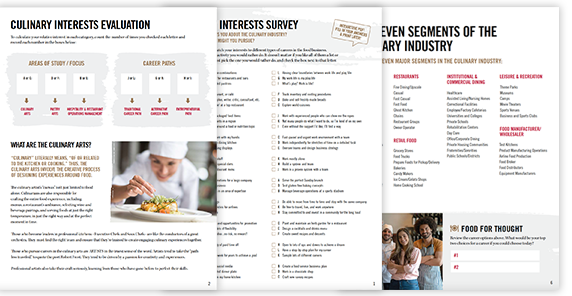Dish Spotlight: Gazpacho
As the days get longer and the sun a little warmer, the type of dishes we crave shifts from hearty to light. Rich comfort foods like mashed potatoes and pot roasts are no longer in such high demand and more fresh seasonal ingredients hit the spot. Although many people think of soup as a way to warm up during winter time, it can also cool you down in the summer months. Gazpacho is a refreshing, flavorful Spanish soup that utilizes an abundance of fresh vegetables and is served cold.
Most gazpachos that are enjoyed around the world today tend to be tomato based, but new incarnations of the traditional dish have become increasingly popular. Chefs have created fruit-based gazpachos for a sweeter variety and watermelon is a popular ingredient in both fruit and vegetable based soups.
Gazpacho is easy to make and takes very little time. Simply combine all the ingredients to the desired consistency, chill and serve. If you prefer a smooth texture, you can strain the gazpacho to remove any seeds or coarsely blended ingredients. Make the soup a couple of hours before you plan to serve it to allow the flavors to blend. Some people enjoy leftover gazpacho because they think extra time enhances the flavors, but note that by making it too far ahead the vegetables will lose some freshness.
As with most iconic and time-tested dishes, the true origins of gazpacho are uncertain. It is generally agreed upon that Gazpacho was created in Andalusia, the most southern province in Spain. The dish was first made as a way to give new life to stale bread by blending it in with olive oil, garlic, and vinegar or water. Gazpacho was traditionally made by combining ingredients with a mortar and pestle, but for the sake of convenience feel free to use a blender or food processor.
This simple dish requires no cooking and little time in the kitchen. It is perfect for the summer days that you would much rather spend baking in the sunshine than toiling away behind the stove. Try a traditional gazpacho recipe and move on to fun variations like fruit gazpacho. Although some recipes are more traditional, there are countless ways to add a personal touch to the dish. So have fun with this dish, and let the spirit of the summer guide your taste buds.





Recent Comments